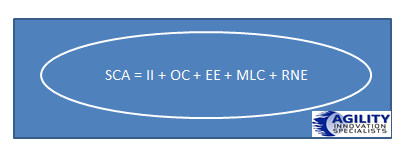 So there is an innovation virtual summit about to happen between 28th November 2017 and 8th December 2017. Each day you can watch for free the different video sessions, with new video sessions released on a daily basis. The final schedule will be sent by email after your registration.
So there is an innovation virtual summit about to happen between 28th November 2017 and 8th December 2017. Each day you can watch for free the different video sessions, with new video sessions released on a daily basis. The final schedule will be sent by email after your registration.
For some weeks this has been in preparation and as I am lucky enough to be one of the curators and hosts, I had the chance to chat with SIX terrific and highly knowledgeable people around different subject that are dear to all our hearts, overcoming barriers and resolving many tough issues surrounding innovation.
So What Is Your #1 Question or Challenge in the next 6 to 18 months?
There is a very good chance there is an answer or a trigger into getting you closer to resolving your questions and challenges by tuning into and listening to some 28+ Innovation Experts Sharing Their Strategies and Tactics That Work.
 The organizers crowdsourced the questions from their global community of 29,000+ corporate innovators, and they never imagined they would get such a huge response. The point is “Whatever challenge you’re trying to tackle right now, someone else already has figured it out. So by asking these 28 innovation experts to answer them, we clustered the questions into broader themes and then explored these in exchanges that had different depth and breadth to them that can give real value to many of the ‘burning’ questions we, as innovators, have to face.
The organizers crowdsourced the questions from their global community of 29,000+ corporate innovators, and they never imagined they would get such a huge response. The point is “Whatever challenge you’re trying to tackle right now, someone else already has figured it out. So by asking these 28 innovation experts to answer them, we clustered the questions into broader themes and then explored these in exchanges that had different depth and breadth to them that can give real value to many of the ‘burning’ questions we, as innovators, have to face.
It’s free, and you can attend on any device, from anywhere you have an internet connection. The interview talks will be available online to watch at your own convenience – there’s no strict schedule to follow.
Continue reading “Are you coming to the Innovation Virtual Summit?”








